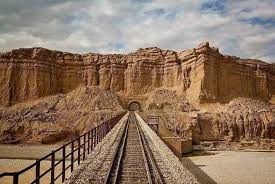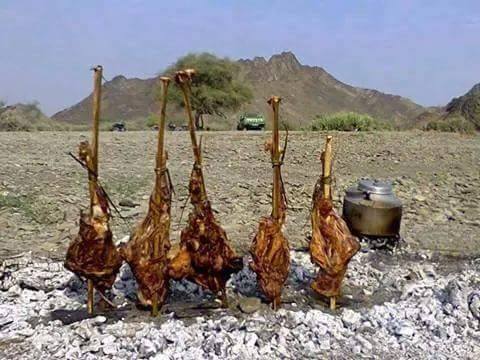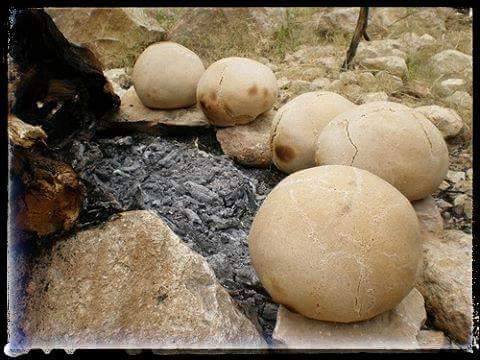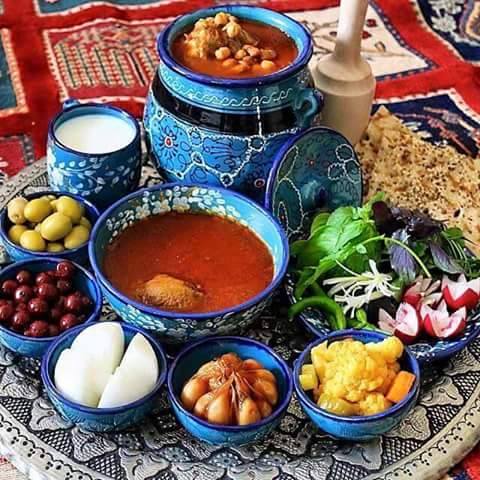History of Balochistan
Balochistan has an eventful history dating back to the Stone Age. Recent research and archaeological excavations at Mehrgarh have revealed 9000 years old civilization. Human settlement pattern at Mehrgarh was unparalleled and unique, inaugurating the distinct shift from a hunting gathering to a settled life for the first time in human history. Domestication of animals, cultivation of plants, and perfume export were modern features of Mehrgarh civilization. Alexander the great passed through Balochistan in 325 B. C. After his death Balochistan came under the rule of Selecus Nicator whose descendents lost power to the Graeco-Bactrians. The province has also witnessed the march of a number of great conquerors and warriors such as Macedonians, Arabs, Ghaznavies, Mangols and Mughals in the past.
The Muslim rule began in 712 A.D. The parts of Balochistan which were ruled by the Arabs were called by them Turan (Jhallawan area) having capital at Khuzdar and Nudha or Buddha (Kachhi). In the 11th century, Balochistan fell into the hands of Nasir-ud-din Subuktagin marking the beginning of Ghaznivid dynasty. Ghorids succeeded the Ghaznivids. In 1219, it was annexed to the dominion of Sultan Mohammad Khan of Khwarizm (Khiva). The year 1223 saw the danger of the Yellow Peril, the Mongols, in the south of Mekran. In the 1595 it became a part of the Mughal Empire and later Nadir Shah of Persia captured it . Ahmed Shah Durrani of Afghanistan was successful to establish his rule in 1747. The Khanate of Kalat emerged in 1758 when Nasir Khan-I revolted against the Afghans.
The Muslim rule was followed by the British rule in 1839. Two Afghan wars between 1839 and 1879 helped the British to consolidate their power in Balochistan. Sir Robert Sandeman, who later became the Chief Commissioner of Balochistan, was the architect of British strategy in the region and he negotiated a number of treaties with the Khan of Kalat during 1854 to 1901. Through these treaties the British Government gained control over the leased territory of Chaghi, Bolan Pass, Quetta and other areas. The princely states of Mekran, Kharan, Lasbela and a little later Kalat state acceded to Pakistan after it came into being in 1947. In 1955, Balochistan was merged into one unit of West Pakistan. After the dissolution of one-Unit, Balochistan emerged as one of the four new provinces of Pakistan.







